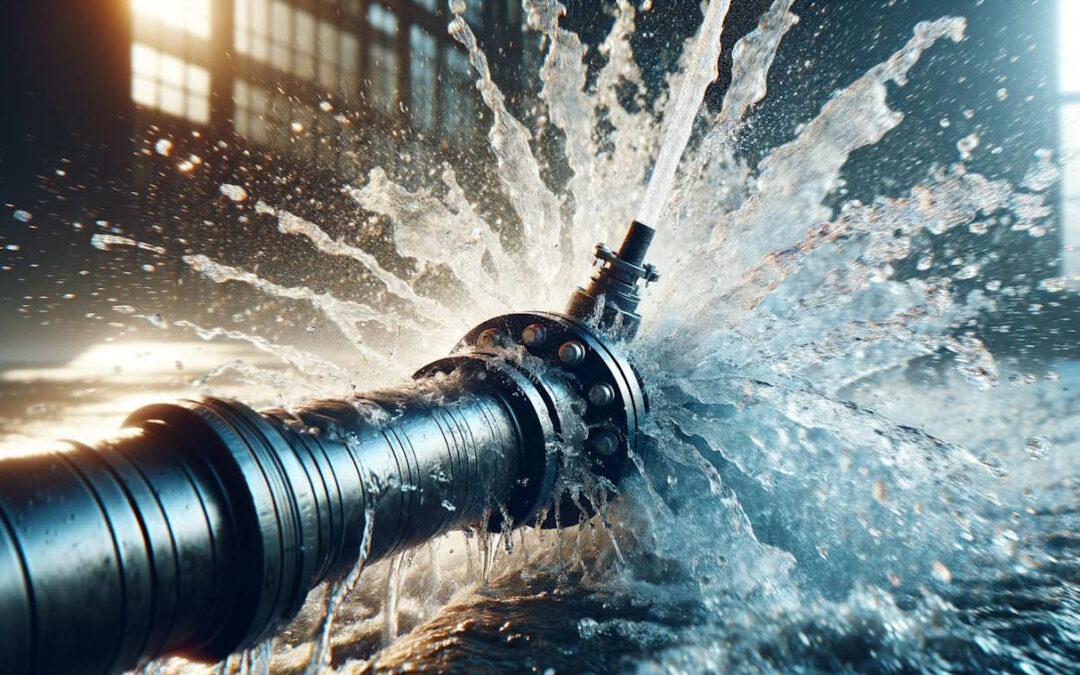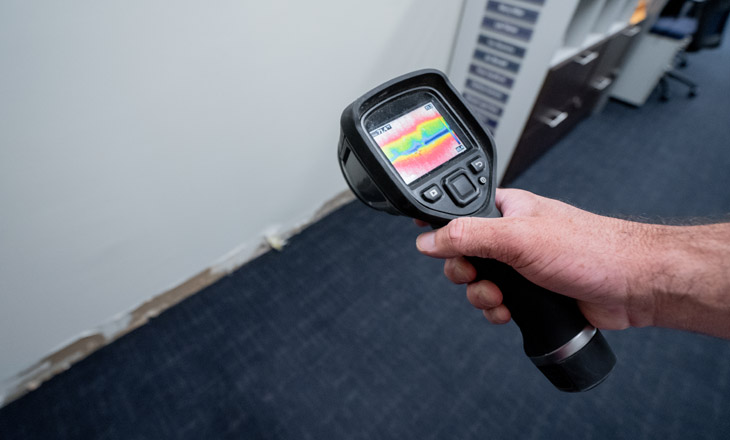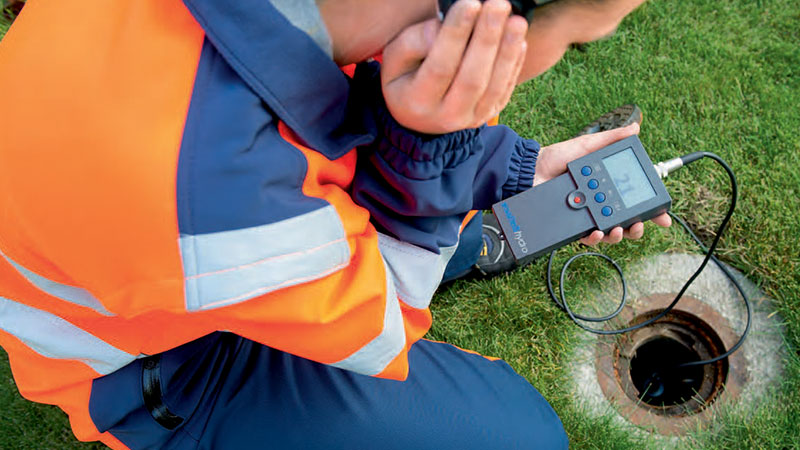Comprehensive Guide to Water Leak Detection for Property Owners and Companies
Comprehensive Guide to Water Leak Detection for Property Owners and Companies
Blog Article
Ingenious Solutions for Very Early Detection of Water Leakages in Structures and Facilities
From innovative leakage detection modern technologies to the implementation of IoT sensors for real-time tracking, the landscape of leakage avoidance is evolving quickly. Automated water flow evaluation systems are improving just how leakages are determined and dealt with, paving the way for a positive technique to water leakage detection.
Advanced Leakage Discovery Technologies
Advanced leak detection modern technologies, outfitted with sophisticated sensors and algorithms, play a critical duty in promptly identifying and pinpointing water leakages in various settings. Electro-magnetic sensors can determine changes in electromagnetic fields created by water, offering yet another layer of leakage detection capability.

IoT Sensors for Real-Time Monitoring
In the world of contemporary water leak detection, the combination of IoT sensors for real-time surveillance represents a critical improvement in enhancing proactive leakage detection abilities. These sensing units supply continual tracking of water systems, offering real-time data on water circulation rates, stress variants, and temperature changes. By leveraging IoT innovation, these sensors can discover also the tiniest abnormalities in water usage patterns, allowing early recognition of prospective leakages prior to they escalate right into major issues.
IoT sensors transfer data to a centralized platform, where advanced formulas assess the information and generate signals or notices when abnormalities are identified. This real-time surveillance capacity permits homeowner or center managers to promptly deal with leaks, lessening water damage, reducing repair expenses, and saving water sources.
Moreover, IoT sensing units can be integrated with structure monitoring systems, allowing for automated responses to discovered leakages, such as turning off water shutoffs or triggering pumps to reduce the effect of leaks. On the whole, the implementation of IoT sensing units for real-time tracking substantially improves the efficiency and effectiveness of water leak detection in buildings and infrastructure.
Maker Understanding Algorithms for Leakage Prediction

One secret advantage of making use of device learning for leak forecast is its capacity to continuously learn and enhance its accuracy in time. As even more information is accumulated and fed into the formula, it can fine-tune its predictions and adjust to transforming conditions, ultimately increasing the reliability of leakage discovery systems.
In addition, artificial intelligence formulas can help in determining subtle signs of leakages that might go unnoticed by standard monitoring techniques. water leak detection. By examining intricate information sets in real-time, these algorithms can provide very early cautions and alerts, permitting i thought about this punctual treatment and precautionary maintenance to mitigate prospective water damage and connected costs
Using Thermal Imaging for Leak Discovery
Thermal imaging technology supplies an appealing technique for finding water leakages in different systems and frameworks. By utilizing infrared radiation and temperature level variations, thermal imaging video cameras can determine covert leaks that are not conveniently visible to the nude eye.
Among the crucial benefits of thermal imaging for leakage discovery is its non-intrusive nature. Unlike typical approaches that may call for breaking right into walls or floors to find leaks, thermal imaging allows for non-destructive testing. This not just saves time and minimizes expenses yet also lessens disruption to the structure or facilities being examined. Furthermore, thermal imaging can rapidly check large locations, giving a thorough overview of potential leak sources in a prompt more information manner. Overall, the usage of thermal imaging modern technology improves the effectiveness and precision of water leakage discovery, making it a useful device for preserving the integrity of buildings and frameworks.
Automated Water Flow Analysis Equipments
Just how can automated water flow evaluation systems transform the discovery and administration of leakages in various systems and infrastructures? Automated water circulation analysis systems use a proactive approach to leakage discovery by constantly keeping an eye on water circulation prices and patterns. By developing baseline data, these systems can promptly recognize inconsistencies that might show a leakage, allowing prompt intervention to stop substantial damages.
These systems utilize advanced formulas to assess real-time data and supply instant informs when abnormalities are spotted, permitting speedy action to be taken. Additionally, computerized water flow evaluation systems can be integrated with building management systems or IoT systems, improving general effectiveness and enabling remote tracking capacities.
Moreover, the data collected by these systems can be utilized for anticipating upkeep purposes, assisting to recognize prospective powerlessness in the framework prior to leaks happen. On the whole, the application of computerized water circulation analysis systems can dramatically boost leak click for more info detection and management methods, ultimately resulting in set you back savings, lowered water wastefulness, and increased sustainability in structures and facilities.

Conclusion
To conclude, the combination of advanced leakage detection technologies, IoT sensors, artificial intelligence algorithms, thermal imaging, and automated water circulation evaluation systems provides cutting-edge remedies for very early detection of water leaks in structures and framework. These modern technologies enable real-time monitoring, prediction of leakages, and reliable discovery techniques to stop water damage and waste. Executing these options can help in preserving the honesty and sustainability of water systems in various settings.
Report this page